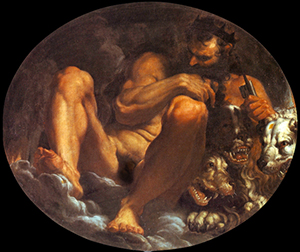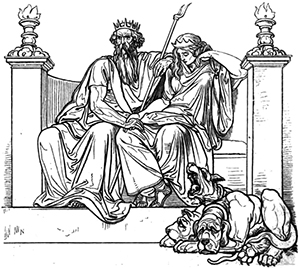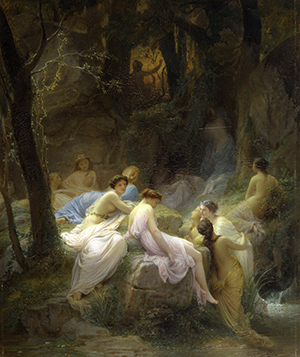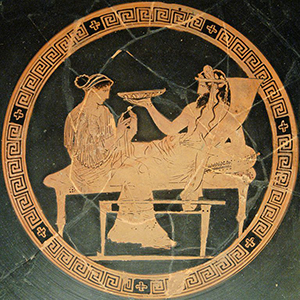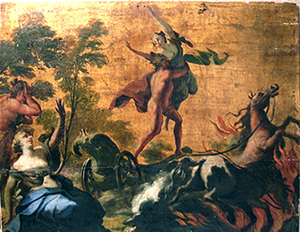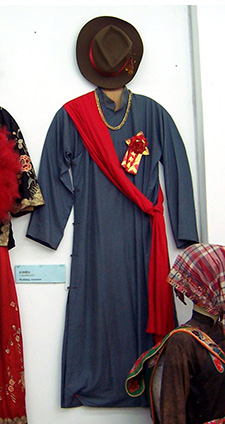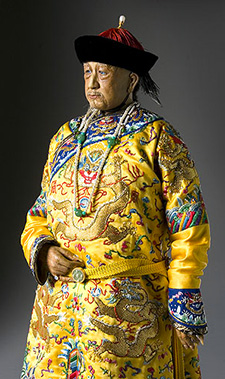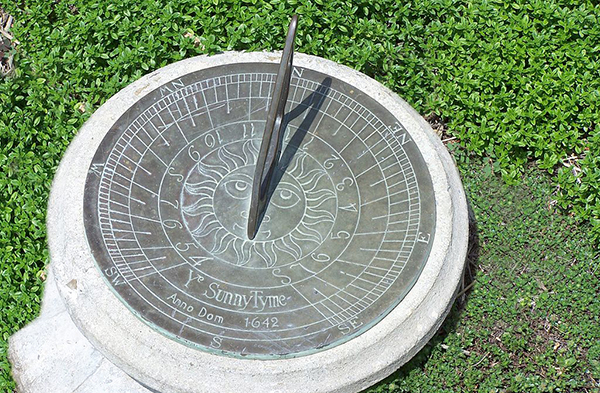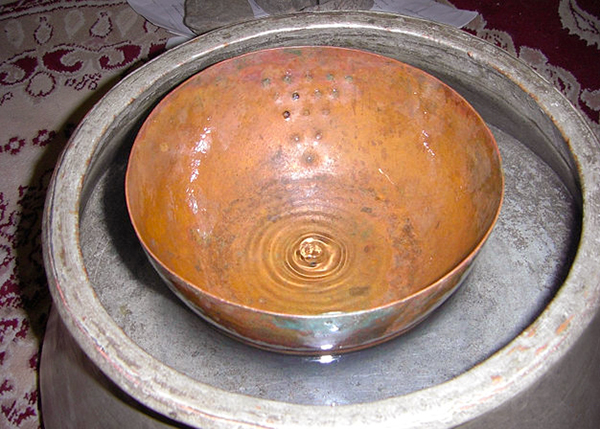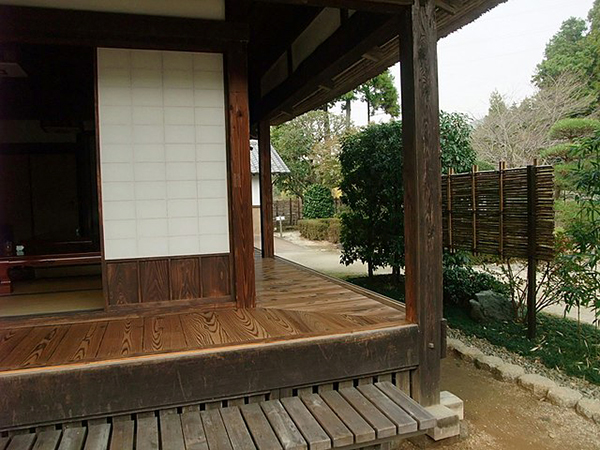Seven years ago, the protaganist from my novel Caught in Amber was interviewed concerning her views on heroism, failure, love, and more. Her answers to the first few questions appeared on my website, while the last five appeared on A. L. Butcher’s website (the editor of the Book Bundle in which my novel was included).
Given that so much time has passed, I think it’s time to retrieve the post from the depths of my blog and share all of my protag’s words. She’s one of my favorite heroines!
What is your name?
Oh, I wish I could remember my name! I wish I could remember anything. I feel so . . . lost, knowing nothing of who I am, where I come from. Yesterday, when I was pretending to be brave, I gave myself a name. It feels right, but it might not be right. How could it, when I remember nothing? But . . . I’m Fae (she raises her chin) and I’m going to pretend to be brave again. I have to.
Which book world do you live in?
I seem to be trapped in a castle. It’s very beautiful, with marble halls and tall windows looking onto flowering summer gardens. But it’s utterly deserted; I’m all alone and locked in! None of the doors to the outside seem to even have functioning latches and hinges. And when I tried to break a window with a paperweight, it bounced off!
Tell us about yourself.
When I look in the mirror, I look human. But something tells me I might not be. Oh, I’m not anything truly strange, like the creatures in fairy tales or the monsters in myths and legends. Yesterday I thought I might be the granddaughter of a goddess, but that’s not it either. I’m trying to figure it out, because I think that if I can only remember something, that’s the key to escaping this castle and finding . . . home? Oh, I wish I could go home, wherever home is! (She raises her chin again.) But I’ll do it. I’ll figure it out. I won’t give up.
I’m an adventurer—why should I recruit you to accompany me?
Adventurers . . . (Her tone is musing.) I always thought they were ne’er-do-wells, the black sheep of their families. But sometimes they’re soldiers of fortune, aren’t they? I wonder if a soldier—a warrior—could help me? I don’t think so. This castle, this situation, is a puzzle, not a battle. And I’m going to solve it. (She sighs.) But I wish someone were here. Besides me. It’s so lonely. I miss my friends, even though I can’t remember who they are. Oh, I hate this!
Tell us about your companions? How do they see you?
 I know I had friends. Maybe a band of girls my age? How old am I anyway? Maybe fourteen? Maybe sixteen? I don’t know! But it’s something like that. I think we spent a lot of time out of doors, rambling in the woods, running races, practicing archery? Someone else was the fastest in the foot races, but I was the best with bow and arrow! Oh, I miss the outdoors! I hate this castle and being pent inside from dawn to dusk!
I know I had friends. Maybe a band of girls my age? How old am I anyway? Maybe fourteen? Maybe sixteen? I don’t know! But it’s something like that. I think we spent a lot of time out of doors, rambling in the woods, running races, practicing archery? Someone else was the fastest in the foot races, but I was the best with bow and arrow! Oh, I miss the outdoors! I hate this castle and being pent inside from dawn to dusk!
What’s your most heroic exploit to date?
Ha! I don’t think I’ve had time to be a hero! I’m too young. But, guess what? I think I’m being a hero now. Something has happened to trap me in this place, and I don’t think I’m the only one affected, even though I’m the only one here. Somewhere that I can’t see, that I don’t even know about, there are people I love in trouble. If I can just solve this puzzle… I’ll get out and go help them! Whoever did this to me (she raises that chin again) is going to be sorry!
What’s your greatest failure?
I think I failed at something important. Something really important. I wouldn’t be here if I hadn’t. I think I betrayed… not someone else. Never someone else. But I might have betrayed myself. I might have… consented to something? To a punishment? When I should have fought it tooth and nail? Oh, I wish I could remember! This is horrid!
Where do you think you’ll be in a decade?
I’ll be out of here! I’ll escape! I’ll rescue my cousins! Oh! I remembered something! I have cousins! (She does a little dance step of jubilation.) One of them… Athena? Thea? Theophane? She was studying military history. Oh! I have an uncle! Uncle Leander was… a blacksmith? No, that’s not right. He knew smithing. And he was good at it! But he was so much more. I can’t remember. (She grits her teeth.) I can’t remember, but I am remembering! And I’m going to remember more!
Do you have a great love?
I loved someone. I know I did. Besides my friends. And my cousins. And my uncle. I almost think I loved… Was she my aunt? I saw her so clearly in my mind’s eye yesterday. She was pale and stern and garbed in a sweeping black velvet gown as she admonished me to never open that quaint pointed door in the corner while she was gone. Did I open it? Is that why I’m here? Or did I fail to open it? And is that failure why I’m here? I wonder if that door… might be somewhere in this castle? (Her eyes light.) I’m going to go look!
For more about Caught in Amber, see:
A Castle That Might be Amber
Amber’s Inspiration
Amber’s Suns

